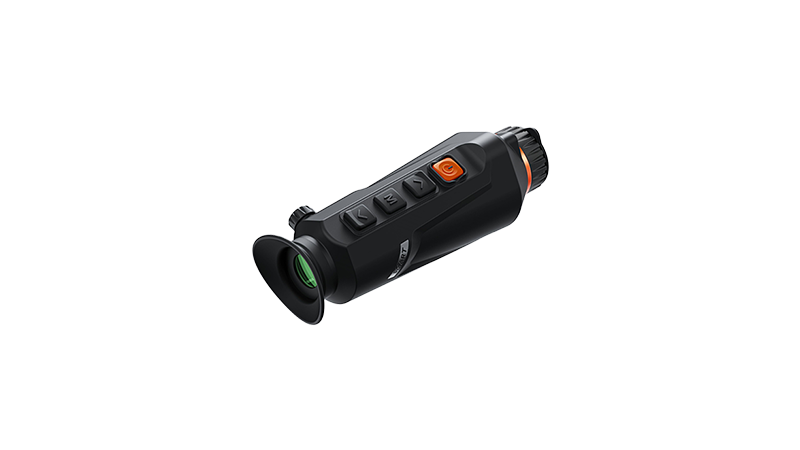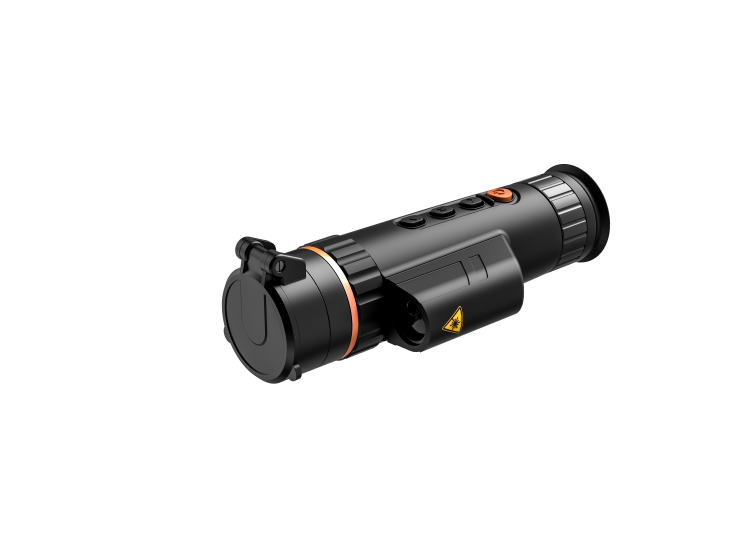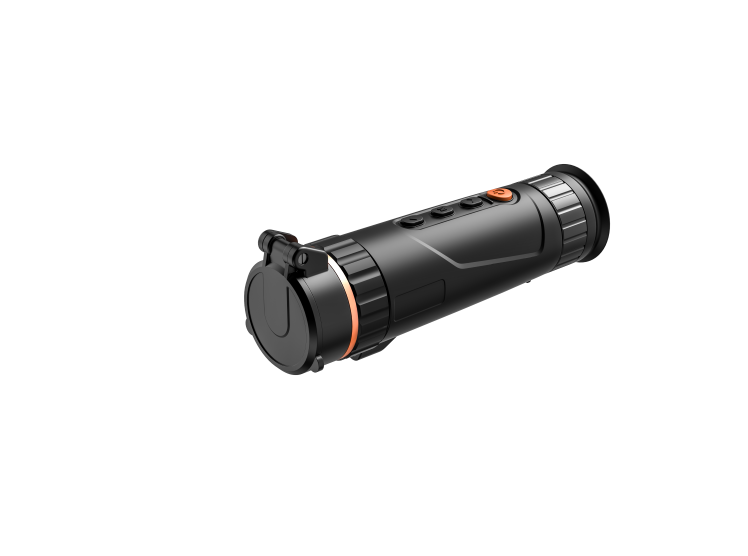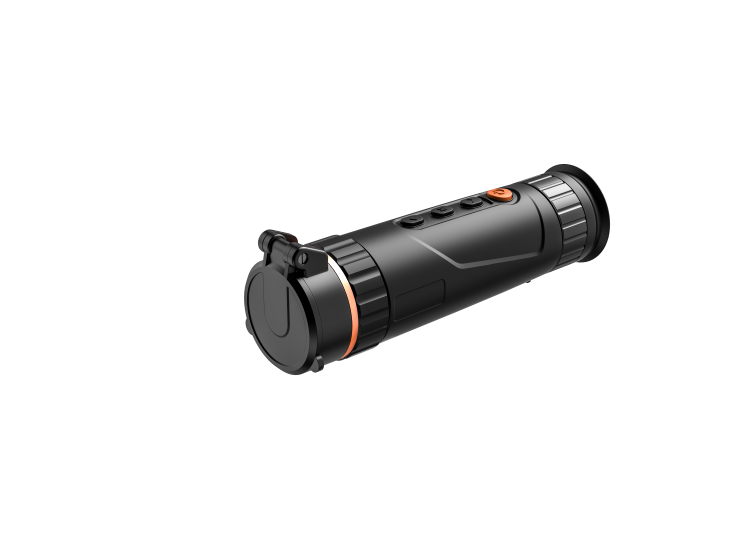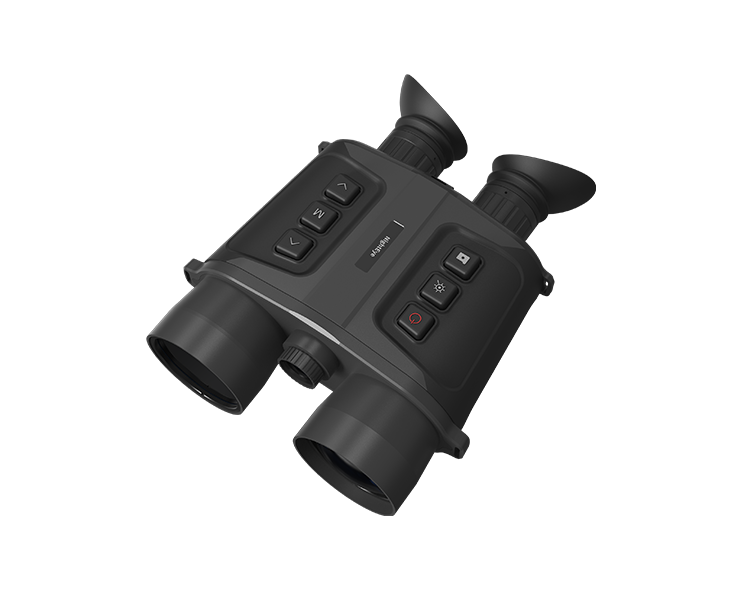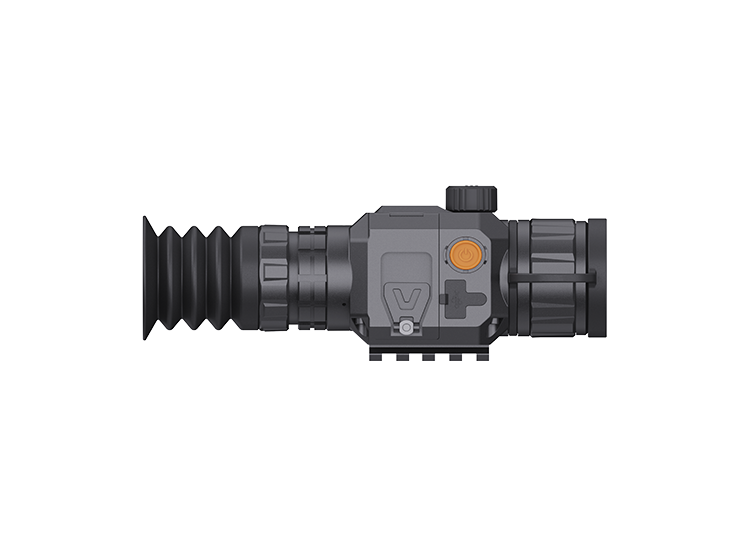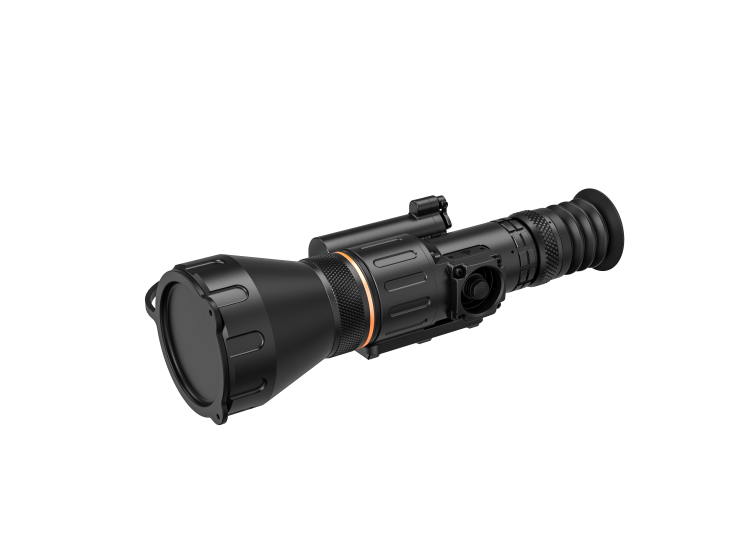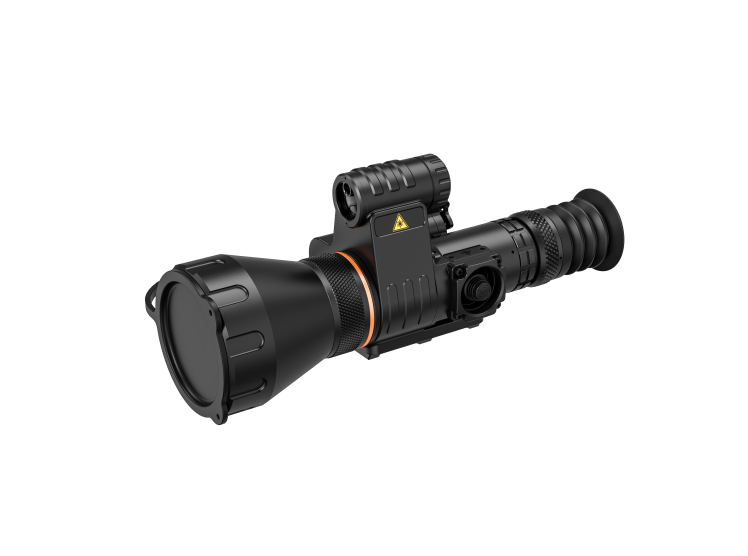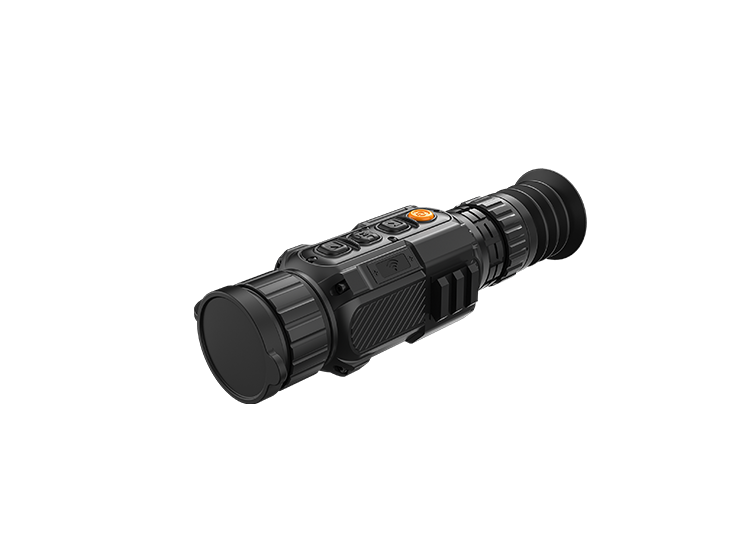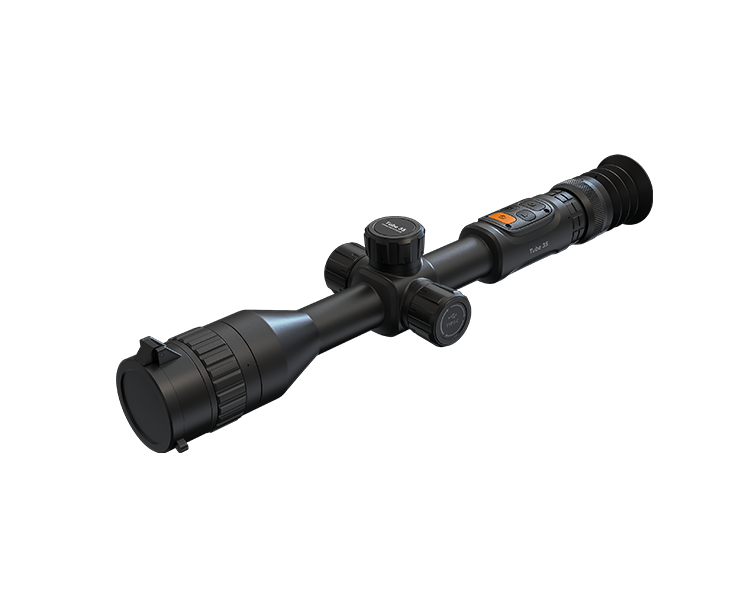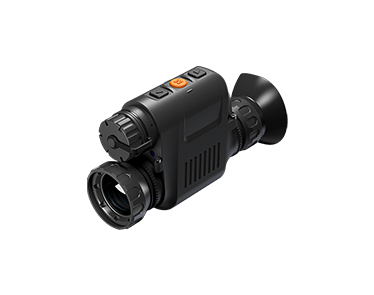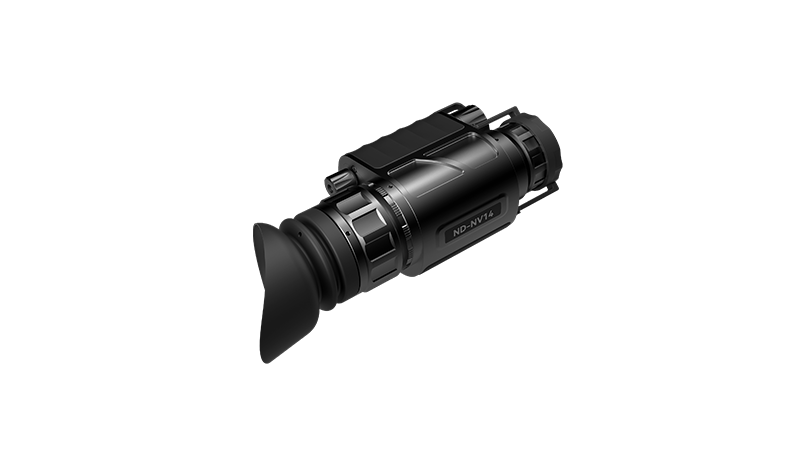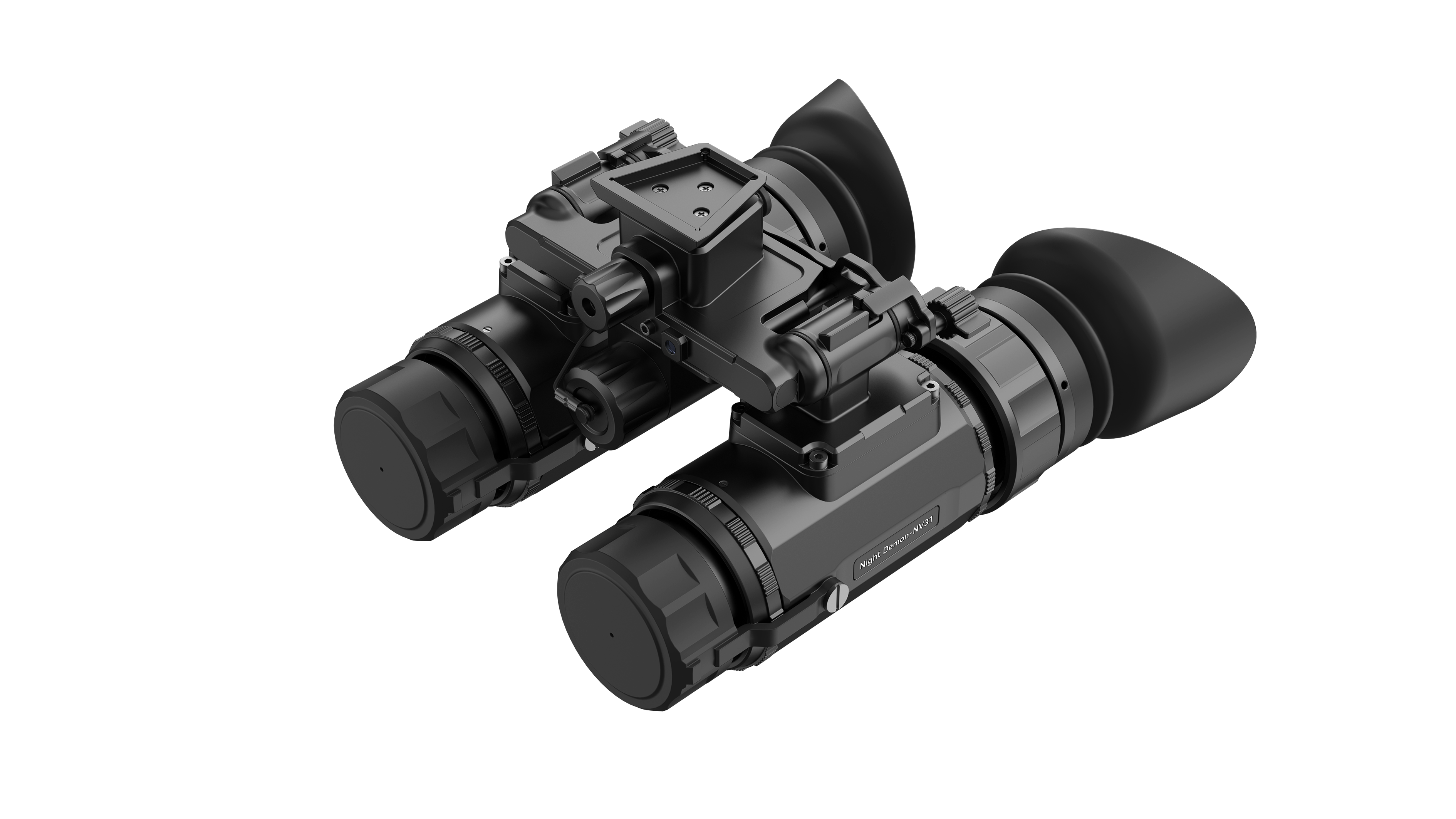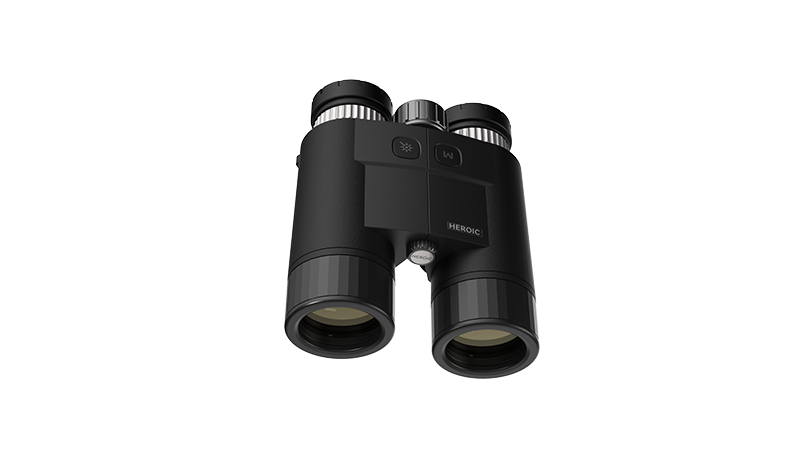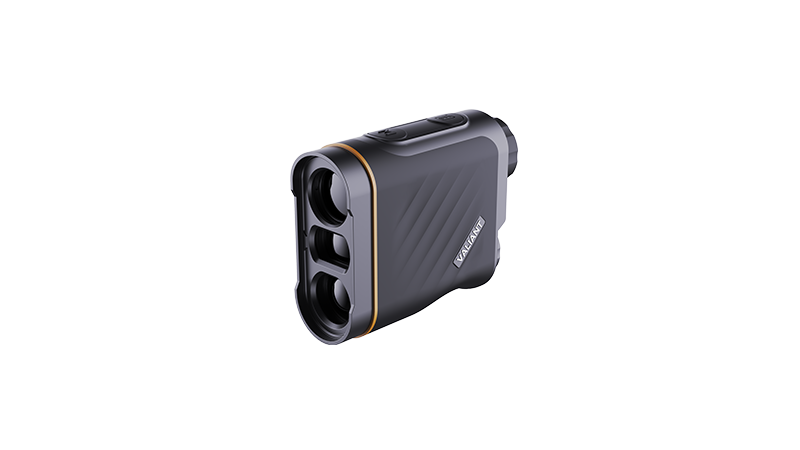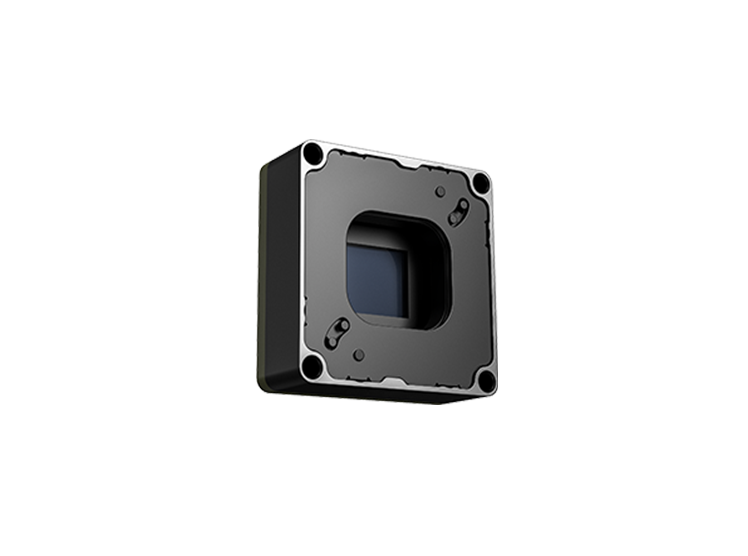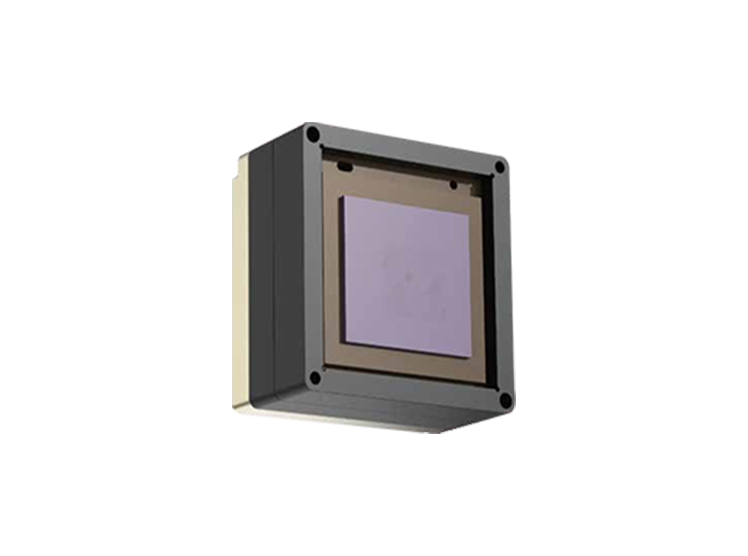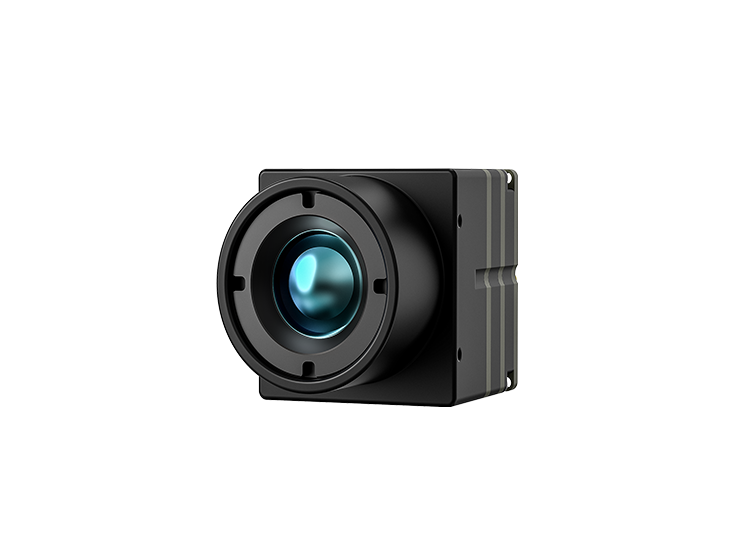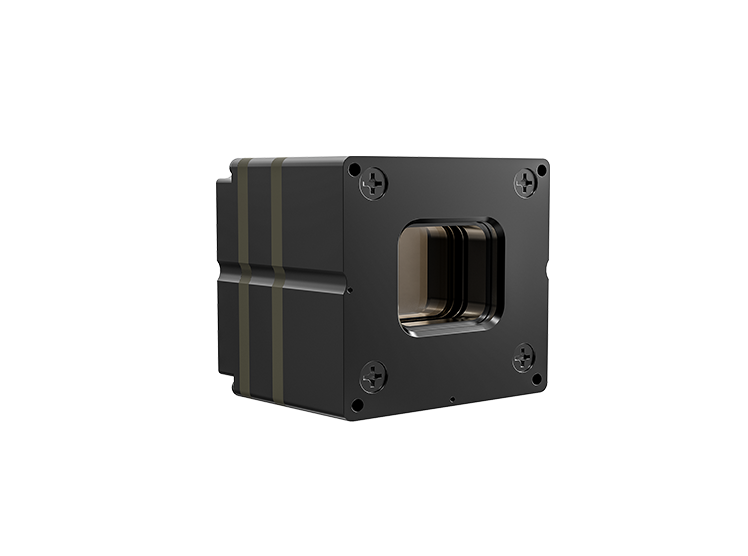Thermal Imaging Technology: A Modern Tool for Diverse Applications
2024/05/28Thermal imaging, also known as thermography, is a non-contact, non-destructive technology that detects and measures thermal radiation emitted by objects. It has evolved into a crucial tool across various sectors, including industrial, medical, security, and environmental monitoring. This article delves into the principles of thermal imaging, its applications, and its impact on modern society.
Thermal imaging operates on the principle that all objects emit infrared radiation (IR) in proportion to their temperature. A thermal imaging camera captures this emitted energy and translates it into a visual representation, typically in the form of a color-coded image. This visualization allows for the detection of temperature variations that may be invisible to the naked eye.
Applications of Thermal Imaging
· Industrial Applications: In manufacturing and maintenance, thermal imaging is used to detect overheating in electrical systems, mechanical faults, and energy inefficiencies.
· Medical Applications: Thermography is utilized in medical diagnostics to detect inflammation, tumors, and other thermal anomalies in the body.
· Security and Surveillance: Thermal cameras can operate in complete darkness and through smoke, making them invaluable for security purposes, including perimeter protection and search and rescue operations.
· Building Inspection: Thermal imaging helps in identifying heat loss, moisture intrusion, and insulation issues in buildings, thereby promoting energy conservation and structural integrity.
· Agriculture: Farmers use thermal imaging to assess crop health and detect areas of stress or disease.
· Research and Wildlife: Scientists employ thermal imaging to study animal behavior and habitats without disturbing the subjects.
Advantages of Thermal Imaging
· Non-Invasive: It does not require physical contact with the object being measured.
· Real-Time Analysis: Provides immediate feedback on thermal patterns.
· Safety: Allows for the detection of issues without putting personnel at risk.
· Versatility: Can be used in a wide range of environments and conditions.
While thermal imaging offers numerous benefits, challenges such as high costs, the need for proper interpretation of thermal images, and limitations in certain environmental conditions persist. Future developments are likely to focus on improving image resolution, reducing costs, and integrating thermal imaging with other technologies for enhanced functionality.
Thermal imaging technology has become an indispensable part of our technological arsenal. Its ability to provide insights into the thermal characteristics of objects has opened up new avenues for exploration and problem-solving. As technology advances, the applications of thermal imaging are expected to expand, further cementing its role in the fabric of modern society.
 86+(028) 8535 5966
86+(028) 8535 5966 008617323184180
008617323184180 JPNVision@votinfrared.com
JPNVision@votinfrared.com

